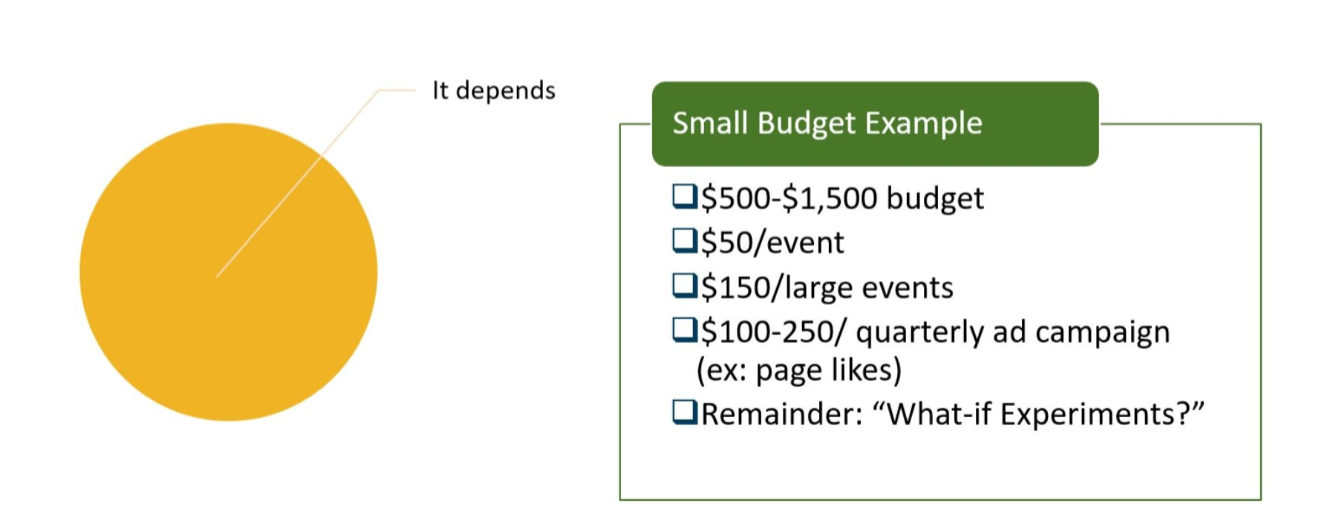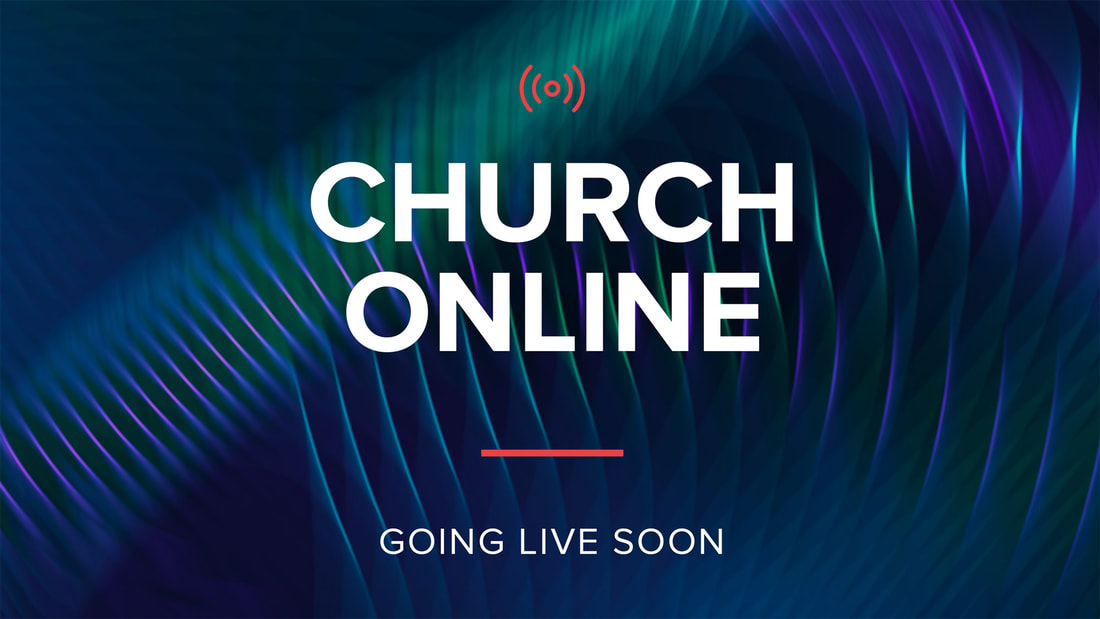Jamie Jean Schneider DommDigital Strategist, Social Media + Big Data, North American Division What is a Facebook pixel? What are some of its practical uses for ministry?Simply put, a Facebook pixel is a small snippet of HTML code that is placed on your website for tracking purposes. It’s similar to Google Analytics but specifically for Facebook, enabling advertisers to target and re-target more effectively. Installing a pixel allows Facebook to track visitors and categorize them in custom audience groups. This information can help you develop more effective ads that appeal to a specific audience’s interests while saving money. It takes time, effort, and money to attract an audience, so once you have people actively engaging with your content, the next most effective step you can take for your ministry is to cultivate your relationship with your audience. Pixels are one way to re-engage your followers/visitors and ensure that your content is reaching them. Pixels can also help you customize the content they receive, taking into consideration their level of engagement and behavior and making sure your organization’s content stays relevant to their needs. For example, suppose you have a website that tackles multiple difficult topics, and one of the most visited areas focuses on “What happens when we die?” You can re-target visitors to that specific page with Facebook ads for videos, new content, free books, etc., all related to a biblical perspective on death. You can do the same for your prophecy, health, and Sabbath sections as well. Custom audience options for pixels include:
Click here for a step-by-step guide from Facebook to learn how to set up a Facebook pixel for tracking. Key custom and saved audiences for churchesOnce you have your pixel set up, you'll also want to set up custom audiences in your ad account so you can strategically target certain types of people who are more likely to respond to your content and invitations. Once these are set up, Facebook will dynamically build up these audiences for your use in targeting ad campaigns. These audiences are considered warm audiences because of their relationship to your page and are generally more cost efficient. You can also create lookalike audiences and colder or broader audiences for wider outreach efforts. Keep these saved in your Facebook Ads manager for easy access when setting up campaigns.
Jamie Jean Schneider DommDigital Strategist, Social Media + Big Data, North American Division Most local churches and ministries have limited budgets. To make the most of your limited ad dollars, build your advertising on top of your organic distribution mechanism. Paid ads are most successful when they are accompanied by strong digital distribution. They enable you to reach further than you can organically and to target specific groups of people for outreach efforts. Why spend any money when you can use the platforms for free? Social media platforms are businesses that need to make money; therefore, they limit unpaid reach. This means less than 5–10% of your fan base (depending on the platform) will naturally receive your posts in their news feed. You can counteract this by promoting key posts to reach more of your fan base and by placing ads to expand your reach to new audiences. To get started:
How much is appropriate to spend?A lot of people ask me, “How much does it cost to promote an event online?” But the beauty of social media ads is that the answer depends on what you can afford. Social media works very well for small budgets and non-profits. A little can go a long way, but it’s important to spend some money. As your confidence grows, and your familiarity with reaching your target audiences grows, you can increase your budget as needed. Ultimately, your budget depends on the size of your goals and your purpose. A small, local ministry may need to spend only $300 a year, whereas a nationwide campaign would need to spend at least $3,000 to create impact within a targeted audience. For all organizations, I recommend starting with a small ad budget and a clear objective that is easy to measure. This way you can learn and maximize your results as you grow. How can a small church or ministry fund their ad budget?Look for monies that can be redirected. Businesses that must balance their budgets or make a profit put most of their effort behind what is working. We should be just as shrewd. Too often, we pool our best resources and people into efforts with limited potential out of a misguided attempt to be fair or to meet accepted expectations. This will be different for every church or ministry, but it’s time to take a critical look at our programs. Determine your church’s strengths, and put all your efforts behind them. The Strength Finder (now CliftonStrengths) program operates on this premise for individuals and teams. We all love underdog or David and Goliath stories, where individuals or organizations overcome their weaknesses and beat the odds, but for most, thriving comes when we embrace what we are naturally good at. The underdog stories are typically outliers, and we should not operate under the assumption that we, too, are the exception to the rule. First, improve the functions required for your church’s operations, and put money behind keystone ministries with the most potential in the context of your membership and community. It might seem unfair to those ministries that don’t get as much support, but like the parable of the talents, you need to invest in the areas that are working the most effectively. Good stewardship means focusing on places where you can make an impact beyond day-to-day operations. Another option is to find individuals willing to fund social advertising as an outreach initiative or personal ministry. I personally fund and run my local church’s social media advertising and website hosting. Over time, our church leadership has learned the value and potential of using these digital technologies for a variety of purposes. Who should take responsibility for managing social advertising?Not every church is blessed with an experienced digital strategist, but this is an opportunity to allow a member with knowledge or interest in digital communications or marketing to develop their skills in a personal ministry that aligns with their abilities. If your church has staff, your communications lead can manage your ad account. This could also be a valuable skill for a younger member of your pastoral team to learn and take responsibility for. Either way, be sure to provide oversight so that expectations are clear, and the budget is respected. Do not place a single ad until you have a clear understanding of what you are trying to achieve and whom you are trying to reach. Types of adsAs of 2020, Facebook still has the most sophisticated social media advertising platform for small organizations. It enables detailed targeting for small budgets on Facebook, Instagram, and third-party websites. However, many of these ad types are also relevant to other platforms. The technologies and platforms may change, but these “types” will still be relevant, regardless of the platform. Choose the types of ads that align with the key performance indicators discussed in the strong foundations section of this guide. Here are the main types of ads that can be placed:
Basic targeting for social ads: |
Archives
August 2020
Categories
All
|
- Home
- BLOG
-
RESOURCES
-
RESOURCE MENU
>
- ADVENTIST IDENTITY GUIDELINES
- BIG DATA RESOURCES
- BRANDING, IMAGE & DESIGN RESOURCES
- CHURCH/MINISTRY SPECIFIC RESOURCES
- COPYRIGHT & TRADEMARK BASICS
- COURSES
- EMAIL RESOURCES
- GUIDANCE FOR HIRING SOCIAL MEDIA POSITIONS
- PODCASTS
- REPORTS & CASE STUDIES
- SOCIAL MEDIA RESOURCES
- (SOCIAL) VIDEO RESOURCES >
- TEXTING 4 CHURCHES
- TRACKING & ANALTYICS
- WATCH VIDEOS & TUTORIALS
- WEBSITE TIPS
- SOCIAL MEDIA GUIDELINES
-
RESOURCE MENU
>
- SEO
- Digital Discipleship & Evangelism
- COVID-19 RESOURCES
- eNEWSLETTER









 RSS Feed
RSS Feed